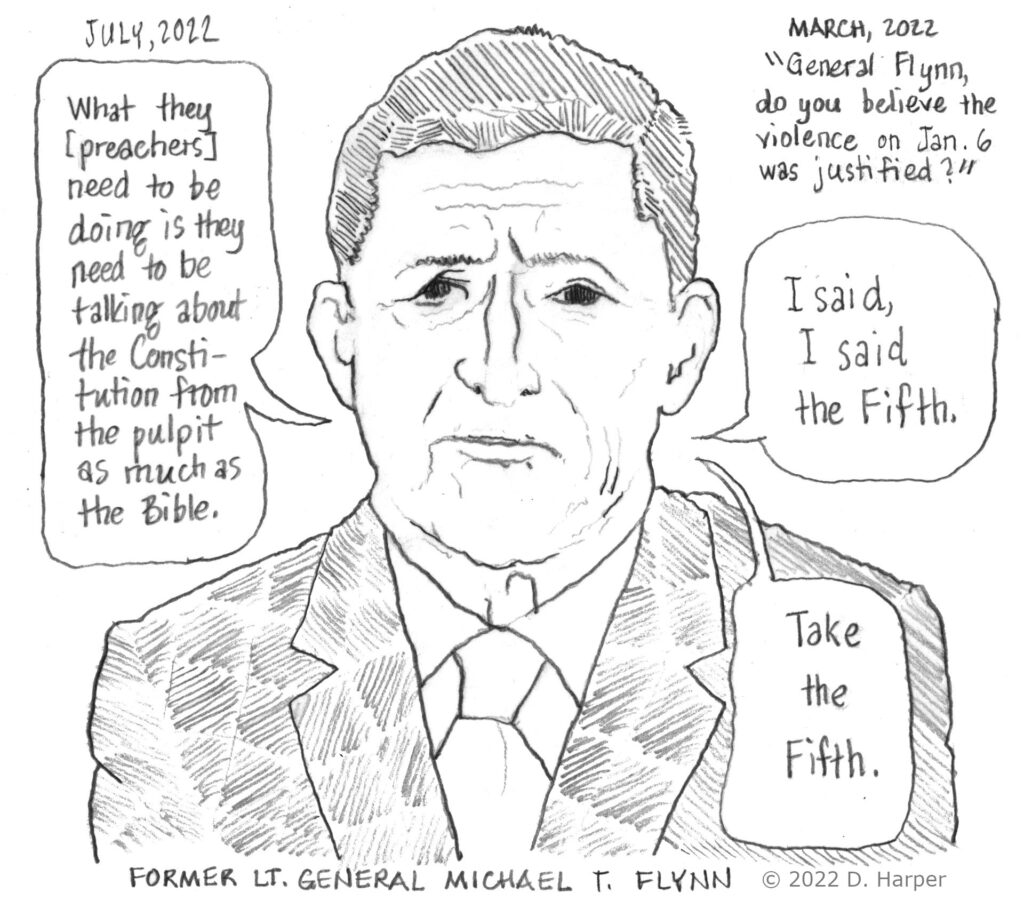I recently learned that Martin Luther King’s famous idea of the “Beloved Community” apparently derives from pragmatist philosopher Josiah Royce. So on this Martin Luther King holiday, I decided to look into Royce.
I’ve started looking through Royce’s The Problem of Christianity (New York: MacMillan Co., 1913), a series of lecture he delivered at Manchester College, the Unitarian college at Oxford University. It’s available at the Internet Archive. And while I’m just getting started in this book, I skimmed through it to look for references to the Beloved Community. It looks like Royce equates the Beloved Community with the Kingdom of Heaven:
“The Christian churches and nations of mankind [sic] have done as yet but the very least fragment of what it was their task to accomplish; namely, to bring the Beloved Community into existence, or to bring the Kingdom of Heaven to earth.” [p. 371]
Later on, it seems to me that Royce is saying the Beloved Community is the Spirit (note the capital “S”) in institutional Christianity (p. 428): “Let your Christology be the practical acknowledgement of the Spirit of the Universal and Beloved Community.” And then a page later: “The core of the faith is the Spirit, the Beloved Community, the work of grace, the atoning deed, and the saving power of the loyal life.”
In this and other passages, it sure sounds like Royce is providing a sort of theology or philosophy of institutionalism. Which is right up my alley. In fact, this is exactly what I’ve been thinking about recently: what is my philosophy or theology of religious institutions? In the past I’ve used a little Bernard Loomer and a little Starhawk and a lot of handwaving. But with the rapid decline of religious institutions, clearly this is an area to which I need to devote a lot more thought.
So I decided I had better start studying Royce myself. I immediately went to the Seminary Coop Bookstore website and ordered a recent scholarly edition of The Problem of Christianity. That’s a special order, but they also had in stock two basic introductions to Royce, Basic Writing of Josiah Royce: Logic, Loyalty, and Community, and The Philosophy of Josiah Royce. (On a whim, I also ordered Varieties of Transcendental Experience: A Study in Constructive Postmodernism, which apparently references Royce.)
What a great way to spend MLK Day.

